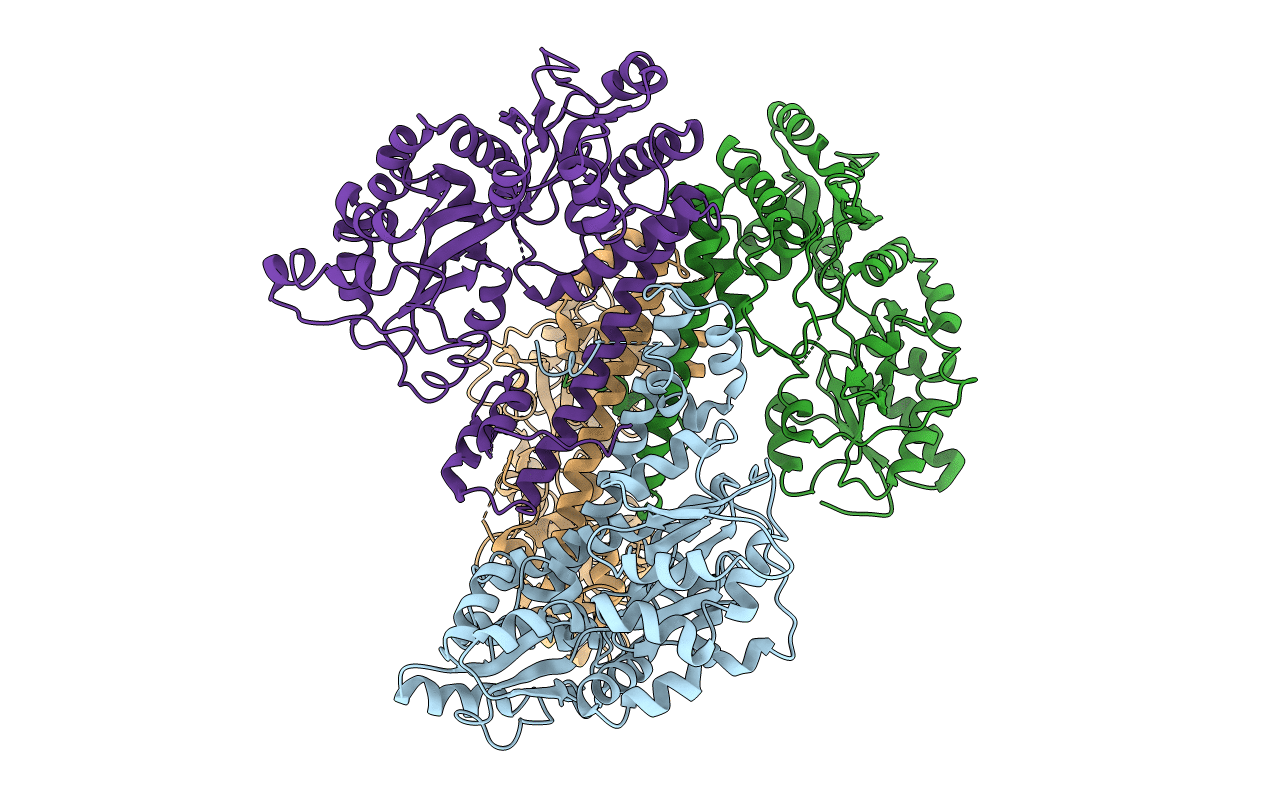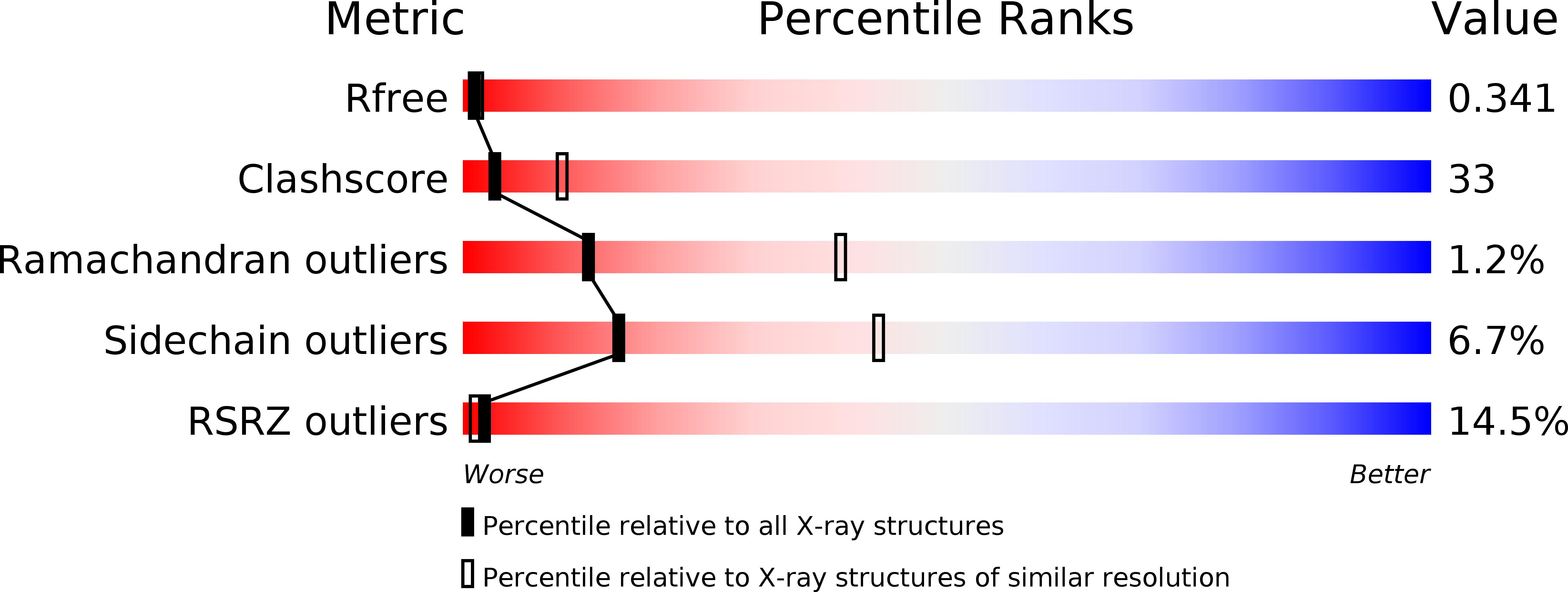
Deposition Date
2019-09-11
Release Date
2020-09-16
Last Version Date
2023-11-22
Method Details:
Experimental Method:
Resolution:
2.81 Å
R-Value Free:
0.34
R-Value Work:
0.30
R-Value Observed:
0.30
Space Group:
P 21 21 21


